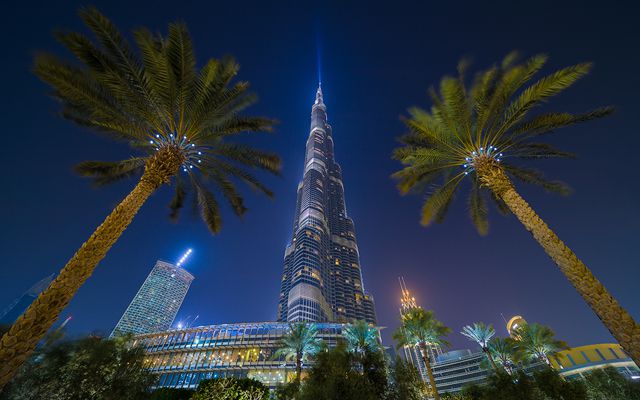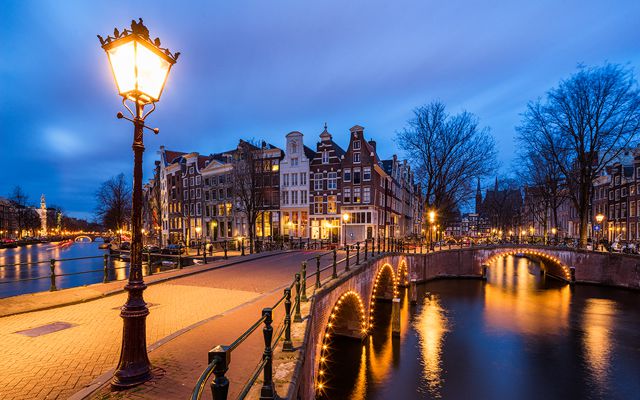I know you all want a post about the blue/black dress (or white/gold?) today, but no, not from me :)
Today’s post is about a question I got few days ago. A question if I knew about any free Photoshop alternative. This is quite an interesting question, and to tell the truth, I knew about none that was really suitable. I’ve been using Photoshop for the last 15 years, and I never thought about looking for something else. So I started searching. For me a Photoshop alternative would have to be a local program that works solidly with layers. I’m not a big fan of online editors that work in a browser, as the stability of browsers is horrible as it is, and I don’t trust them with my work.
Gimp
Over and over again I seen Gimp to be suggested as the best alternative. There are two alternative there, the Gimp and Gimpshop, which is a version that tries to emulate Photoshop more, with more Photoshop like interface. So I decided to give it a try. First I went for the Gimpshop, as that would probably be easier. My experiment ended already by the installer, when it tried to install some strange additional software onto my system and the installation dialog didn’t even had any cancel button. Sorry, that’s not what I want to have on my PC. So I switched to the normal Gimp, at least there I got only what I wanted.
I actually tried Gimp some 10 years ago, and first look at the latest version, it looked exactly as before. So I tried to go and edit a photo. The first big problem was that Gimp does not support 16-bit files (I found an announcement from 2012 that this should be implemented, but not in the current version). Thats already a deal breaker for me, but I thought I try and blend an image. The layers work fine, so the basic blending is possible. While trying to do luminance masking I was not so successful. First I could not find the RGB channel, so I could only work on R, G or B and then the intersection of selection worked strangely, so I could not create more specific selection.
And there where my experiments with Gimp stopped. It is just so far away from my workflow, that I can’t use it. Maybe I just missed something, but the UI just didn’t fit my style.
But if I should suggest you a free Photoshop alternative, this is still the best one you can get. You can use layers, you can do basic blending, you can do image edits. But if you want to edit photos every day, I would still go with Photoshop. Even just the support from third party plug-ins is worth the investments.
Affinity photo
There is also a new alternative, that is currently in beta. It’s called Affinity photo, and it looks very modern and capable. For me the problem here is that it’s mac only, so I have no way to try it out. But I think you should give it a try :)
Photoshop alternative?
So to tell the truth, I could not find a free alternative to Photoshop that I could suggest. Maybe some of you have some tips? If yes, feel free to share.






 So some time ago, I decide to stop this practice completely. But I still get the requests, and so many times I’m just shocked. You would not believe the excuses why they can’t afford the photos, why they should not pay for the photos, or what is commercial use and what isn’t. It takes so much to stay civil while replying to such emails. Would you believe someone who told you that they want to make a brochure and they made no budget for the photos? That they think that promotional material is not commercial use? That non-profit organizations have no budget at all? I don’t think so.
So some time ago, I decide to stop this practice completely. But I still get the requests, and so many times I’m just shocked. You would not believe the excuses why they can’t afford the photos, why they should not pay for the photos, or what is commercial use and what isn’t. It takes so much to stay civil while replying to such emails. Would you believe someone who told you that they want to make a brochure and they made no budget for the photos? That they think that promotional material is not commercial use? That non-profit organizations have no budget at all? I don’t think so.







